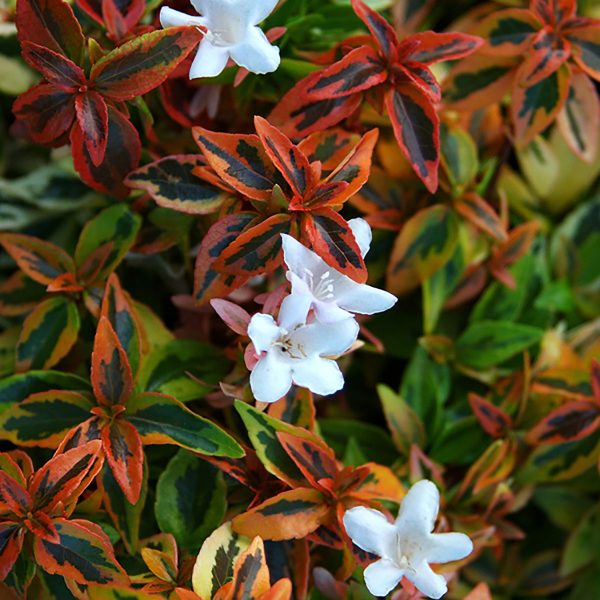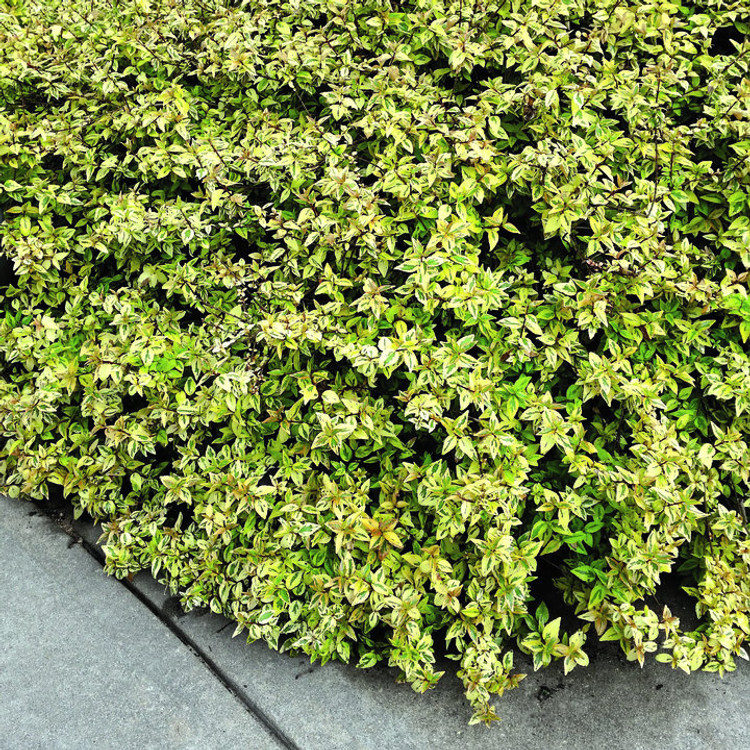
Kaleidoscope abelia losing leaves full#
Although they flower best in full sun, they also tolerate partial shade. The cultivars are heat and drought resistant. There are many cultivars offering different shrub sizes, flower color, and foliage color that changes from summer through fall. These vigorous shoots should be removed to the base. Plants occasionally produce tall, vigorous shoots that are typical of the species and not the cultivar (genetic reversion to the parental characteristic). It can also survive severe pruning if that becomes necessary. However, if you prefer a tidier look, prune in late winter/early spring because A. x grandiflora blooms on new wood. Its arching habit does best when left unpruned. Cultivars offer a range of sizes, including dwarf shrubs suitable for containers. On average, the shrub grows 3-6’ tall and wide. It is evergreen, semi-deciduous, or deciduous, depending on the hardiness zone. In Zones 5-6, stems can die back to the ground in winter. It grows in Zones 6-9, but it reaches a larger size when grown in warmer climates. The shrub is generally cold-hardy to about 0✯., although some varieties are more or less tolerant of extreme cold. A thin layer of mulch is recommended so that the soil can drain.

x grandiflora prefers an acidic, moist, well-drained site but tolerates clay, damp, or dry soil.

Ovate, glossy, opposite, dark green leaves are pinkish when new and turn purplish-bronze in autumn. Flowers are fragrant and offer a continuous bloom from early summer to fall. Glossy abelia is a multi-stemmed shrub which features clusters of white, bell-shaped flowers (to 3/4″ long) with a persistent, reddish calyx which gives the flowers a pinkish tinge. New cultivars, especially from the very popular Abelia x grandiflora (glossy abelia), have proliferated, with over 30 mentioned in the literature. Living plants of Abelia chinensis (now Linnaea chinensis) were first imported to England in 1844 by Robert Fortune.Ī recent study by Kew Gardens separated the 30 species of Abelia into four genera. All of Abel’s seeds and plants, however, were lost in a shipwreck on the homeward voyage. Clarke Abel (1780-1826), physician and naturalist, who collected seed and plants as part of a British expedition to China in 1817. These deciduous and evergreen shrubs are native to eastern Asia (Japan west to the Himalayas) and southern North America (Mexico). It adds colorful, fragrant blossoms when most other flowering shrubs have succumbed to summer heat, or to summer dry spells, or have just plain tuckered out.Ībelia, a formerly recognized genus that contained about 30 species and hybrids, was placed in the honeysuckle family, Caprifoliaceae, in 2013. You could plant it beside a gas station surrounded by asphalt and forget about it, and it would still survive and thrive.”īut abelia is not just tough, it’s also beautiful.

In fact, Carol Robacker, one of the horticulturalists involved with the abelia breeding program at University of Georgia, described abelia this way: “Around here, we call abelia the gas station plant. Glossy abelia ( Abelia x grandiflora) is often described as a tough plant.


 0 kommentar(er)
0 kommentar(er)
